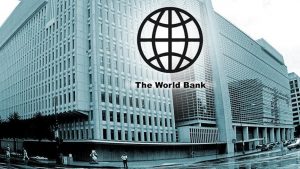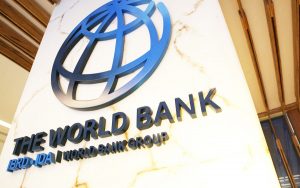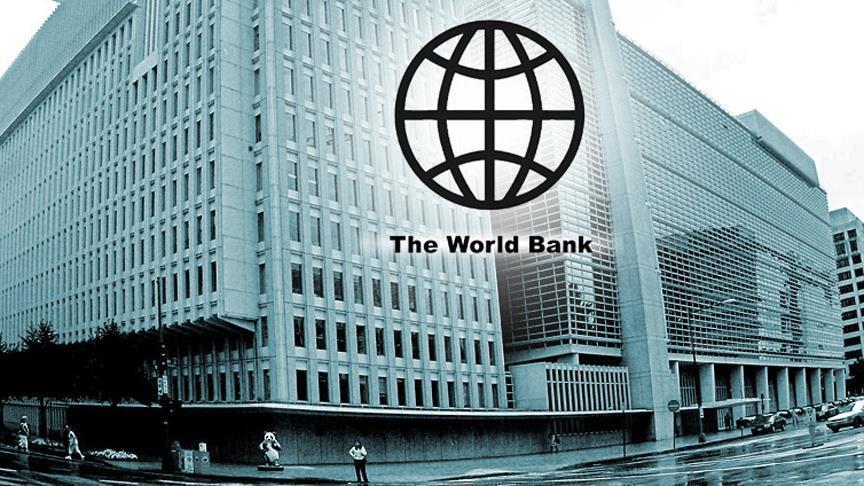International financial institution; the World Bank Group has made it known that it will most likely remove the East African nation of Kenya from the list of countries that are a high risk in terms of defaulting on loans by 2028 if the country’s government is able to stick with a programme that will be channeled towards curbing any increase in government expenditure and increasing taxes.

The World Bank which provides grants and loans to the governments of low- and middle-income countries for the purpose of pursuing capital projects, stated that it is expecting Kenya’s debt risk profile to improve in the years to come based on the country’s projected recovery in exports and economic growth. This of course is helped by the implementation of policy reforms and a fiscal consolidation programme.
The World Bank via a report it put together after the 750 million United States Dollars (80.85 billion Kenyan Shillings) under the Development Policy Operations (DPO) not too long ago made it known that, “Kenya’s public debt burden is projected to peak in FY2022/23 and then decline consistently, with the present value (PV) of public debt set to fall below the 55 percent high risk threshold by 2028.”

The High Risk criterion refers to when the debt carrying capacity of a country is stretched out even if said country is not yet experiencing any difficulties with regards to repaying its debt(s).
The Treasury Secretary; Ukur Yatani believes that the fiscal consolidation programme for Kenya will make it possible for the gaps in budget (fiscal deficit) to be significantly reduced from the estimated 8.7 percent of Gross Domestic Product (GDP) in the current financial year to 7.5 percent in the new fiscal which will begin in July of 2021, and even further down to 3.6 percent by the 2024 to 2025 fiscal year.
The International Monetary Fund (IMF) and the World Bank in a recent Debt Sustainability Analysis (DSA) report carried out in April 2021 maintained Kenya’s classification among the countries with a high risk of debt distress.

In May of 2020 the Debt Distress profile for Kenya changed from moderate to high after the implementation of containment measures for the still ongoing Coronavirus pandemic. While the containment measures were effective, they also ended up having a negative impact on the country’s economy, reduced exports, negatively impacted the collection of taxes and also delayed the implementation of the country’s fiscal consolidation programme.
In the words of the World Bank, “Kenya’s high risk rating reflects breaches of indicative thresholds for liquidity and solvency of the debut Eurobond the external debt service-to-export ratio, external debt service-to-revenue ratio, and present value of external debt to export ratio – in the baseline and under the most extreme shock scenarios.”
How informative was this article? Are there any other news topics, categories, or How To topics, that you would like us to write on? Feel free to reach out to Mpesa Pay in the comment section.


